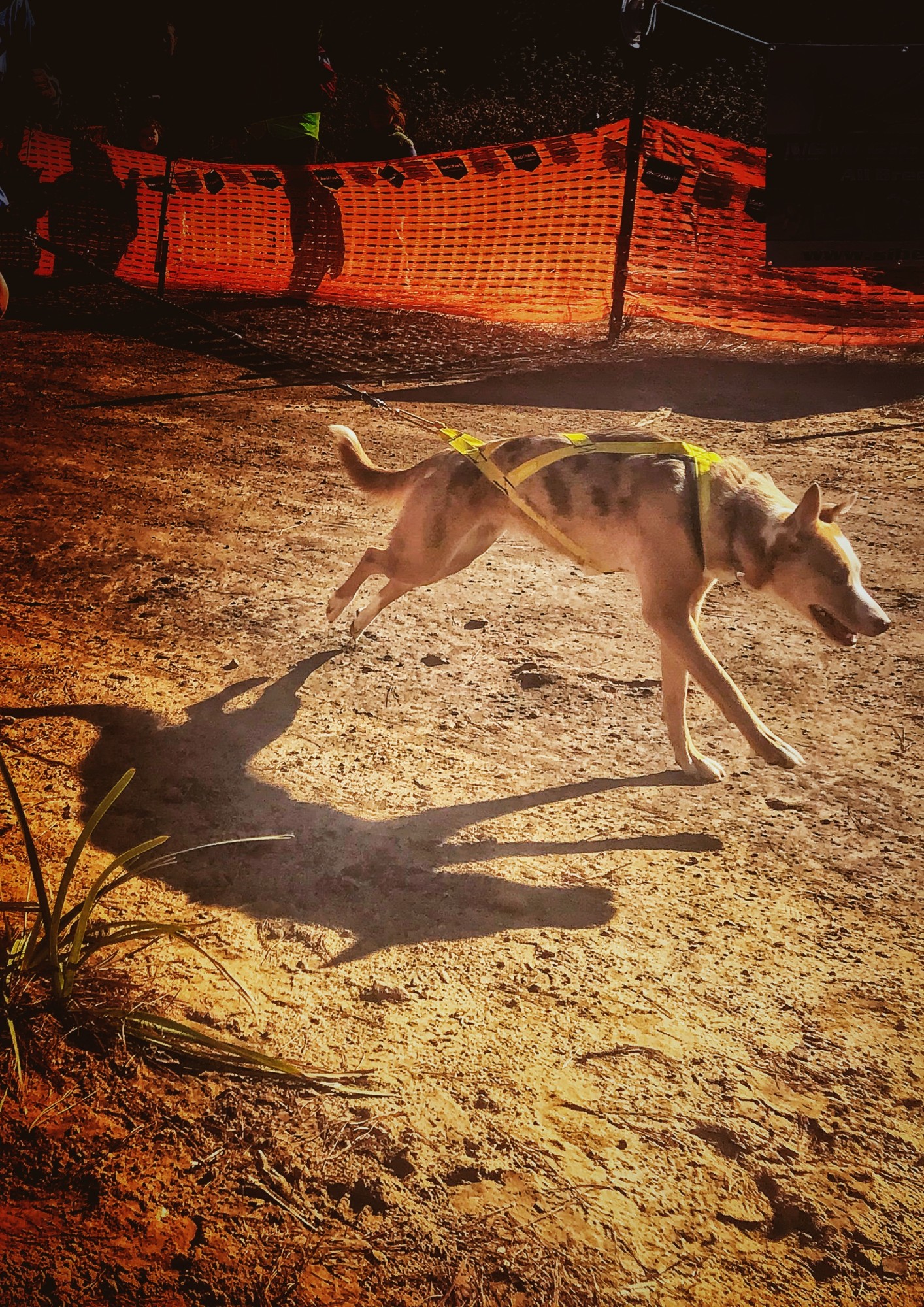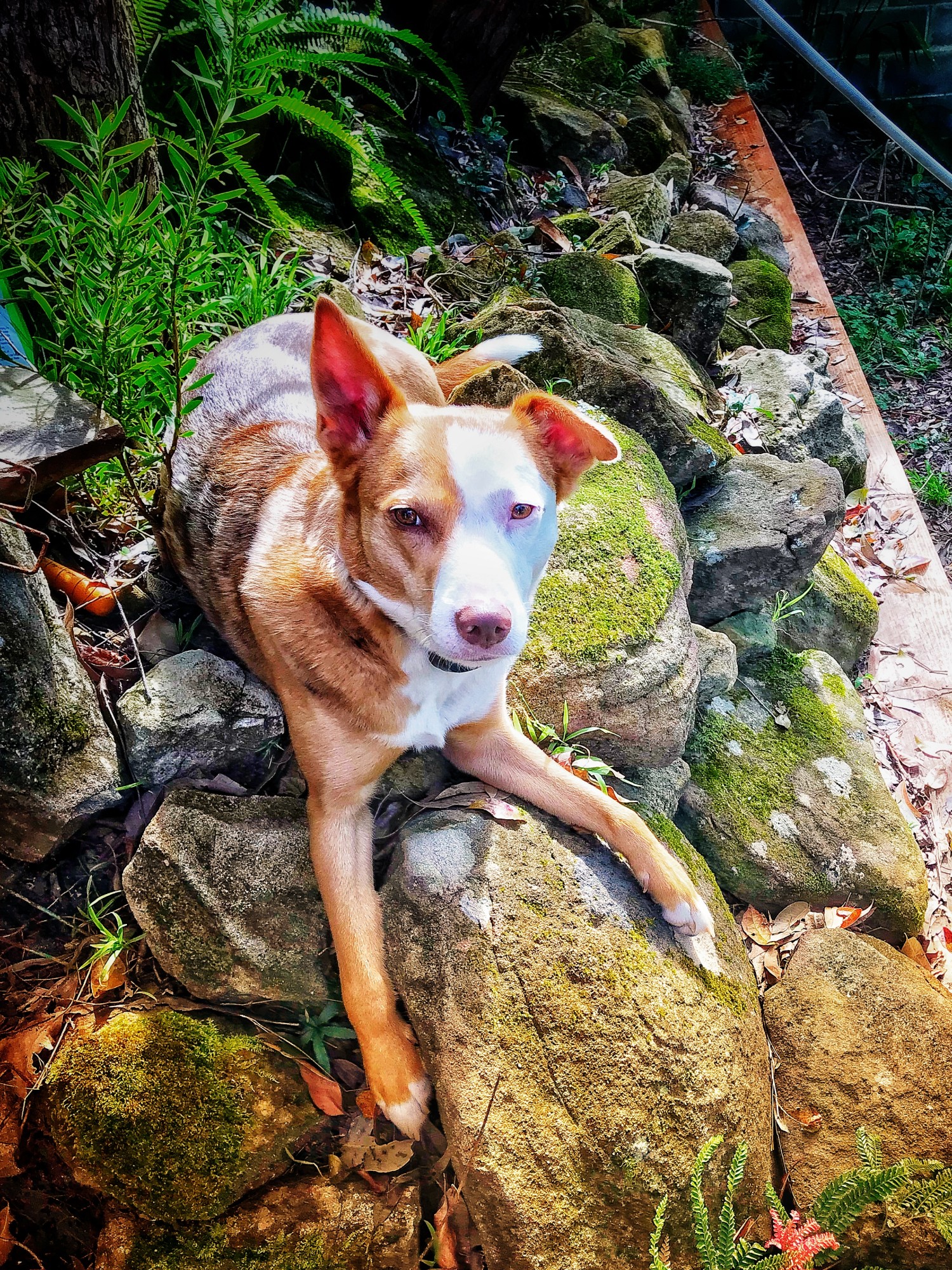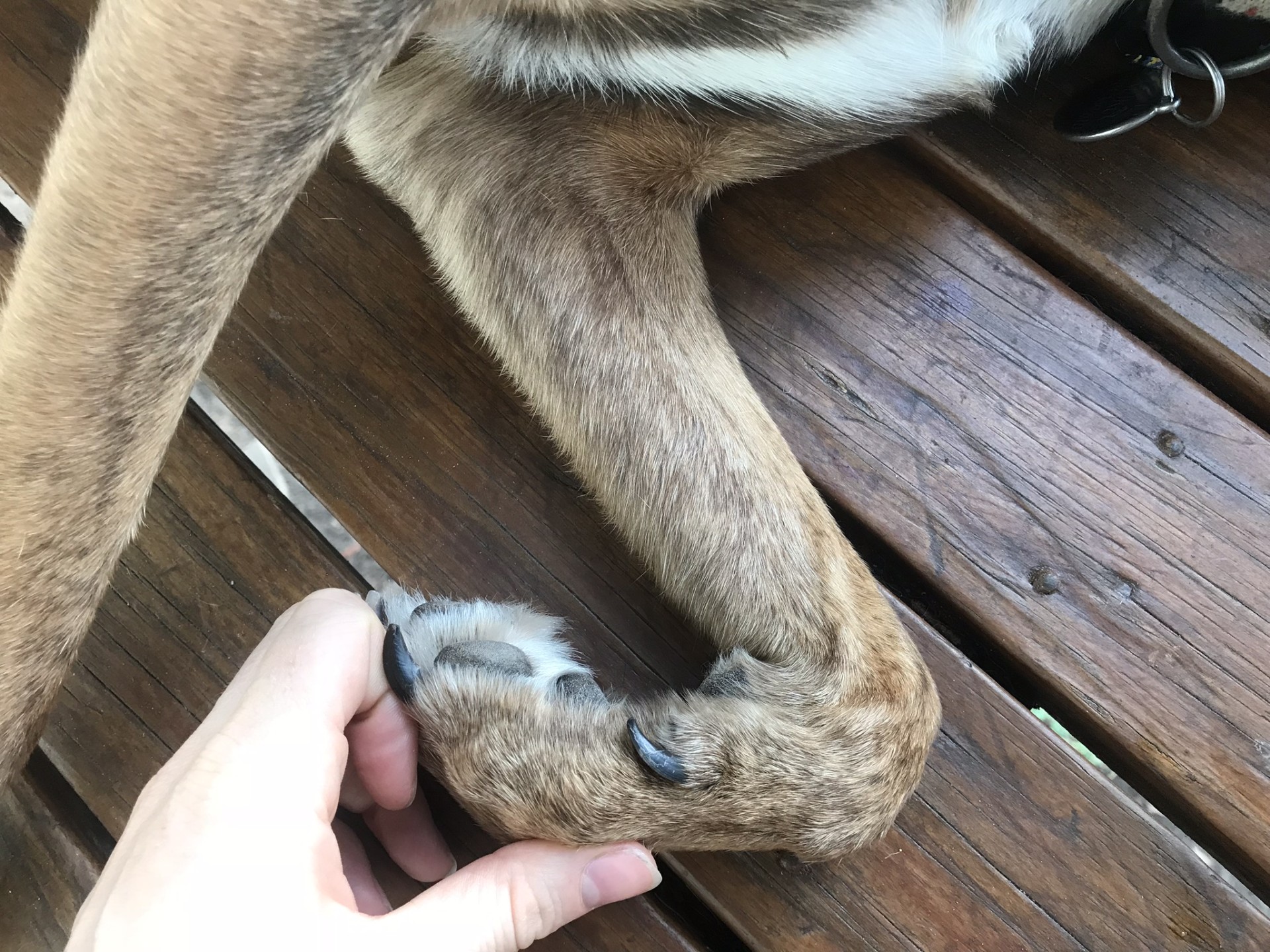
After Care:
After your dog has received manual therapy, it’s essential to recognise the additional level of care they need in the 24 – 48 hours after their treatment. Their body needs time to adjust to this new state, you can help them by following these guidelines:
Water: provide free access to clean, fresh water
Wait: allow time for your dog to rest and be calm after their treatment
Walk: provide controlled exercise such as on-leash walking
Digest: a relaxed state promotes digestion; ensure your dog has access to a toileting area

Reduce the risk of injuries
Reducing the risk of future injuries helps keep your dog in optimal condition. Consider the following general advice:
Avoid Slips: place rugs down on high traffic slippery floors
Avoid Jumping: avoid jumping down from surfaces (cars/bed/couch)
Weight: maintain a healthy weight

Caring for Canine Arthritis
Arthritis can be a painful condition for your dog; you can help manage their symptoms by:
Warm: keep them warm in cooler weather and at night
Comfortable Bed: provide them with a safe and comfortable bed
Weight: maintain a healthy weight
Avoid Jumping: avoid jumping down from high places (couch, car, etc.)
Safe Exercise: engage in a suitable exercise plan
Reduce Pain: treating compensation issues with manual therapies
Medical Care: follow the advice of your veterinarian

